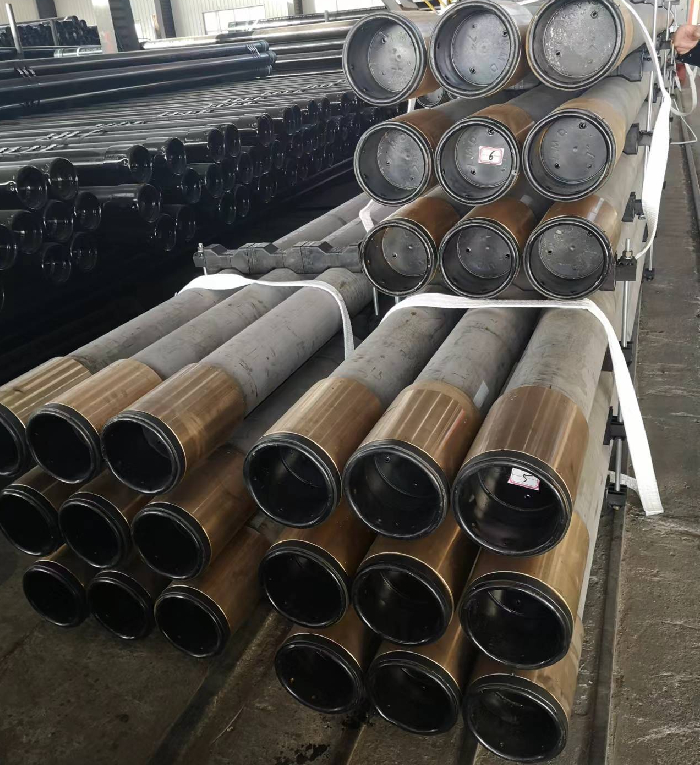- Afrikaans
- Albanian
- Amharic
- Arabic
- Armenian
- Azerbaijani
- Basque
- Belarusian
- Bengali
- Bosnian
- Bulgarian
- Catalan
- Cebuano
- Corsican
- Croatian
- Czech
- Danish
- Dutch
- English
- Esperanto
- Estonian
- Finnish
- French
- Frisian
- Galician
- Georgian
- German
- Greek
- Gujarati
- Haitian Creole
- hausa
- hawaiian
- Hebrew
- Hindi
- Miao
- Hungarian
- Icelandic
- igbo
- Indonesian
- irish
- Italian
- Japanese
- Javanese
- Kannada
- kazakh
- Khmer
- Rwandese
- Korean
- Kurdish
- Kyrgyz
- Lao
- Latin
- Latvian
- Lithuanian
- Luxembourgish
- Macedonian
- Malgashi
- Malay
- Malayalam
- Maltese
- Maori
- Marathi
- Mongolian
- Myanmar
- Nepali
- Norwegian
- Norwegian
- Occitan
- Pashto
- Persian
- Polish
- Portuguese
- Punjabi
- Romanian
- Russian
- Samoan
- Scottish Gaelic
- Serbian
- Sesotho
- Shona
- Sindhi
- Sinhala
- Slovak
- Slovenian
- Somali
- Spanish
- Sundanese
- Swahili
- Swedish
- Tagalog
- Tajik
- Tamil
- Tatar
- Telugu
- Thai
- Turkish
- Turkmen
- Ukrainian
- Urdu
- Uighur
- Uzbek
- Vietnamese
- Welsh
- Bantu
- Yiddish
- Yoruba
- Zulu
Connection Solutions for Tubing Applications and Their Importance in Modern Industries
Understanding Coupling for Tubing Essentials and Applications
Couplings play an essential role in various industries, particularly in the fields of oil and gas, water distribution, and construction. A coupling, in the context of tubing, is a device used to connect two sections of pipe or tube. This connection is crucial for maintaining the integrity of fluid or gas transport systems. Understanding the types of couplings, their applications, and best practices is key to ensuring efficiency and safety in operations.
Types of Couplings
There are several types of couplings used for tubing, each designed for specific applications and materials
1. Mechanical Couplings These consist of two halves that are bolted or screwed together. They are used extensively in situations where pipes might move or change due to temperature, pressure, or other forces.
2. Welded Couplings As the name suggests, these couplings are welded onto the pipe ends, creating a permanent joint. They offer excellent strength and are commonly used in high-pressure applications.
3. Flanged Couplings These couplings feature a flange that can be bolted to another flanged pipe or fitting. They provide ease of disassembly for maintenance and are often used in large-diameter pipes.
4. Compression Couplings Used for connecting different types of tubing, compression couplings rely on compressive force to seal the connection, making them versatile for different materials.
5. Quick-Disconnect Couplings These couplings allow for rapid connection and disconnection of tubing. They are essential in applications where frequent maintenance or equipment changeovers are required.
Applications of Tubing Couplings
The applications of tubing couplings are broad and varied
. Here are some key sectors where they are indispensable- Oil and Gas Industry Couplings are vital for connecting drill pipes and well casings. They must withstand high pressures and resist corrosive environments, making robust materials and designs essential.
coupling for tubing

- Water Distribution Systems In municipal water systems, couplings help maintain the integrity of pipelines. They ensure that water flows efficiently from treatment facilities to households.
- Construction and HVAC In construction, couplings are used in the installation of heating, ventilation, and air conditioning (HVAC) systems. Proper coupling ensures that air and fluid flow smoothly through ducts and pipes.
- Food and Beverage Industry In the processing of food and beverages, sanitary couplings are necessary to maintain hygiene and prevent contamination. These couplings must also withstand cleaning processes and chemicals.
Best Practices for Coupling Installation
To ensure optimal performance and longevity of couplings, it is essential to follow best practices during installation
1. Select the Right Coupling Choosing the appropriate type of coupling for the specific application is crucial. Consider factors such as the material compatibility, pressure rating, and environmental conditions.
2. Proper Alignment When connecting pipes or tubes, ensure they are properly aligned. Misalignment can lead to stress on the coupling and eventual failure.
3. Torque Specifications Follow the manufacturer's torque specifications during installation to avoid over-tightening, which can damage the coupling or pipe.
4. Regular Inspection Periodically inspect couplings for signs of wear, corrosion, or other issues. Early detection can prevent leaks and failures.
5. Follow Industry Standards Adhering to industry standards and regulations is essential for safety and compliance. This ensures that the coupling system performs effectively under the required conditions.
Conclusion
Couplings for tubing are crucial components in many industrial applications, ensuring the seamless transportation of fluids and gases. By understanding the different types of couplings, their specific applications, and adhering to best practices in installation and maintenance, industries can enhance their operational efficiency and reduce the risk of failure. As technologies evolve, the design and materials for tubing couplings are also advancing, leading to more reliable and efficient systems. Embracing these advancements will be fundamental for industries looking to improve their infrastructure and service delivery in an ever-competitive market.
-
Well Casing Extension Couplings – Applications and InstallationNewsJun.06,2025
-
Types of Crossover Subs in Drilling & CompletionNewsJun.06,2025
-
Key Features of High-Quality Tubing Pup JointsNewsJun.06,2025
-
Installation and Maintenance Tips for Steel Couplings for PipeNewsJun.06,2025
-
How to Select the Right Pup Joint for Oil & Gas OperationsNewsJun.06,2025
-
Applications of Stainless Steel Pipe CouplingsNewsJun.06,2025







